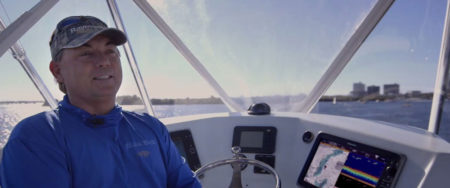
Catching live bait might not be the most popular aspect of deep sea fishing, but if done right, it can mean the difference between great fishing and frustration.
I operate three charter boats out of Coconut Grove, Fla. and compete in about 15 to 20 tournaments a year, going after sailfish, blue marlin, wahoo, and blue fin tuna. The most common bait fish we see in South Florida include blue runner, goggle-eyes, menhaden, pilchard, and ballyhoo. Whether you’re catching live bait to use the same day, or keeping your fish in captivity for later use, here are some key things to remember.
Know the Tides
When you’re catching live bait, you’re really at the mercy of weather and what the tide is doing. Knowing whether the tide is coming in or out will help you decide where to look for bait fish, such as in an inlet or a channel. My Raymarine chartplotter can automatically calculate for me the height of the tide, and also show me bottom contours that affect bait fish concentrations.
Sometimes, on a calm day, we’ll see the bait working at the surface. But if there’s too much wind or the water is murky, that’s when we rely on our Raymarine electronics.
Show Charts and Sonar Together
I have a number of eSeries MFDs in various sizes networked on each boat. I set each monitor to split-screen mode, half chart and half sonar. At a glance, I can relate where I am on the chart to what the bottom looks like for fishing. I also display data, such as GPS location, water temperature, time and date, course over ground, and speed over ground. This information is easily customizable.
With my Navionics charts, I can see details about artificial reef sites, bottom contours and reef contours that would, otherwise, take years of experience to acquire. You can really accelerate the learning process just by virtue of using the right Navionics chart.
And when I’m bottom-fishing, I’ll divide the sonar screen into two views, one zoomed in to show the bottom 25 percent of the water column, and the other showing the full depth of the water column, from the surface to the bottom. The proximity of the bait to the bottom, coupled with the texture and density of the mark, will tell you a lot. For instance, a fire red blob near the bottom is usually a type of baitfish called menhaden. Threadfin herring, pilchards, menhaden, and Spanish sardines all have very distinct marks, as well as the most expensive bait, goggle-eye.
Believe it or not, when fishing for goggle-eye at night, you’ll see them in water as deep as 300 feet. Sometimes you’ll mark them at 50, 100, or 150 feet, or sometimes at the bottom. Knowing where they are allows you to position your sabiki in that water column so it’s in position to get bit. Speaking of fishing after dark, I can’t recommend enough installing thermal night vision on your boat. There’s nothing like it for seeing obstacles and vessels around you, whether you’re close to shore or in open water. I have used and truly appreciate FLIR thermal cameras. They’re amazing tools that will help you stay clear of trouble.
Electronics Make it Easy
One of the challenges of fishing in open water is the lack of fixed markers, such as bridges, that can help orient you to the movement of the fish. However, with the Raymarine fishfinder, you can grid an area, save locations the bait might return to—such as a wreck or rock pile—and follow the fish around, catching them again and again. Using your electronics to find fish, stay on them, and target them repeatedly is a big deal. And Raymarine electronics are extremely intuitive to use. I like to keep things simple, and I’ve never had to open a manual. Plus, even when the Raymarine MFDs are in total sunlight, I can see the screens clearly, read those marks, and interpret what’s going on below the surface.
Bait Fishing is Expanding
I anticipate bait fishing to become more popular and expand into the Gulf of Mexico and up the Atlantic Coast. With so many tools available, bait fishing shouldn’t be a challenge. Making it easy is what brings people back. When they come back, you’ve won the battle.
